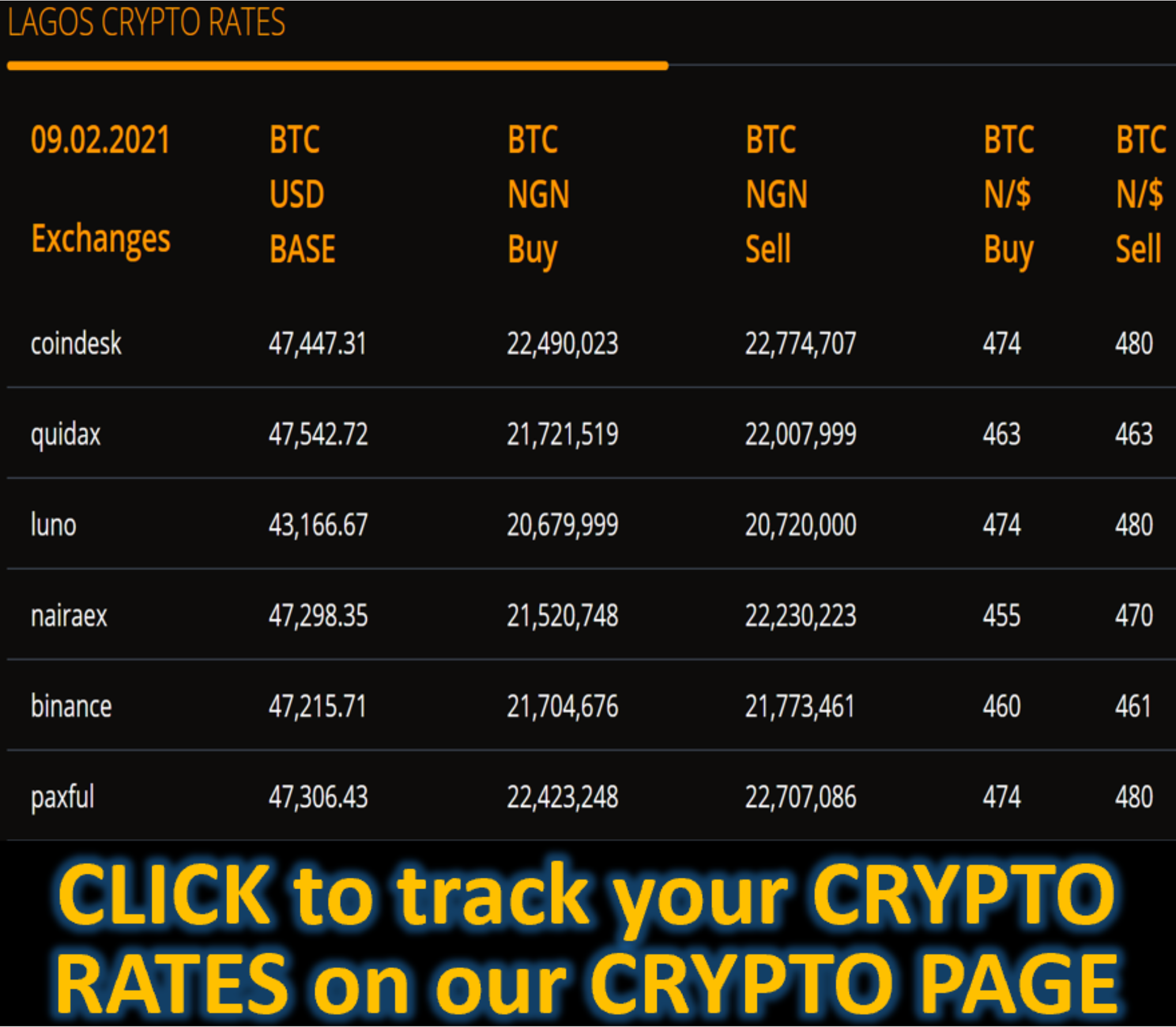Market News
ZiG Currency Turmoil Ebbing Helps Cool Zimbabwean Inflation - BLOOMBERG
(Bloomberg) -- Zimbabwe’s monthly inflation rate slowed for the first time in four months, as volatility that’s plagued the nation’s gold-backed ZiG currency shows signs of ebbing.
Consumer prices rose 11.7% in November compared with 37.2% a month earlier, the Zimbabwe National Statistics Agency said Tuesday in an online briefing.
The jump in the inflation last month to double digits was spurred by a 43% devaluation in the ZiG — short for Zimbabwe Gold — by the central bank in late September.
You can follow Bloomberg’s reporting on Africa on WhatsApp. Sign up here.
The ZiG has had its best run since then against the dollar, strengthening 13% so far this month.
The monetary and fiscal authorities have attributed the ZiG’s strength to the tight monetary stance maintained by the Reserve Bank of Zimbabwe, which has vowed to keep excess liquidity in check to rein in inflation. The central bank in September hiked its key interest rate to 35% from 20%.
The currency is trading at 25.33 per dollar, according to data posted Tuesday on the central bank’s website.
It’s also pared its decline on the parallel market and is quoted at between 35 to 40 per dollar, compared with a previous low of 50, according to ZimPriceCheck.com, a website that tracks official and unofficial exchange rates.
The local unit may gain more ground against the dollar, with Finance Minister Mthuli Ncube expected to announce more measures to broaden use of the ZiG during a national budget presentation on Thursday.
The ZiG, which was launched in April, is the southern African nation’s sixth attempt at a functioning local currency in 15 years. Zimbabwe will adopt the ZiG as its sole currency only “when the time is right,” Ncube told Bloomberg TV in an interview earlier this month.









